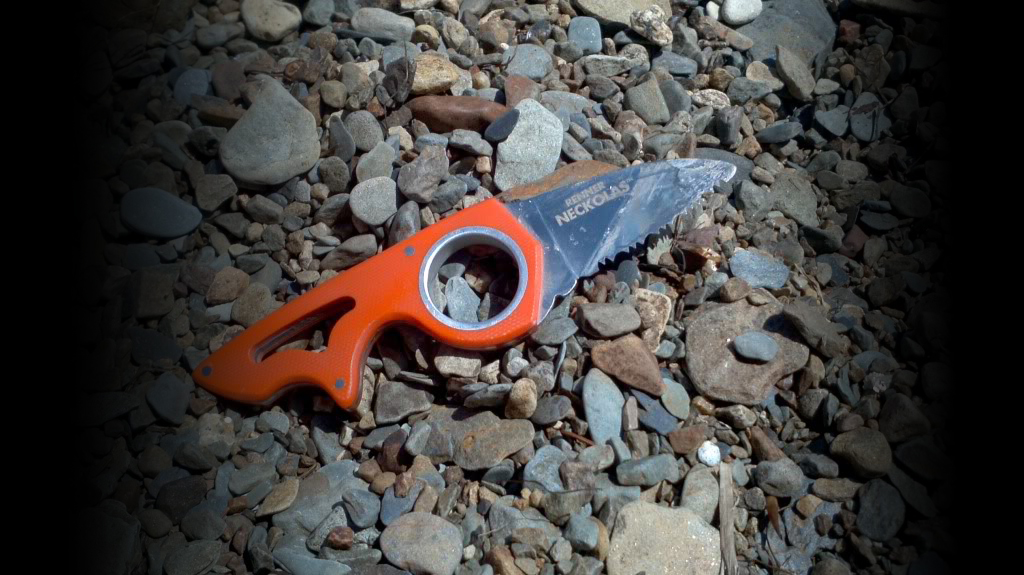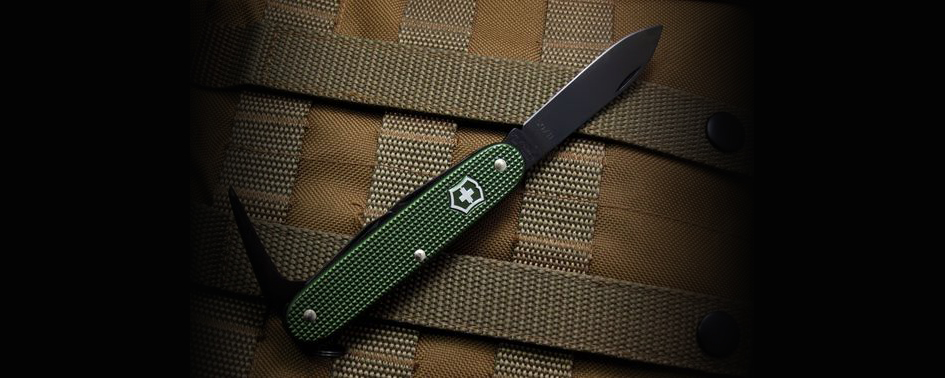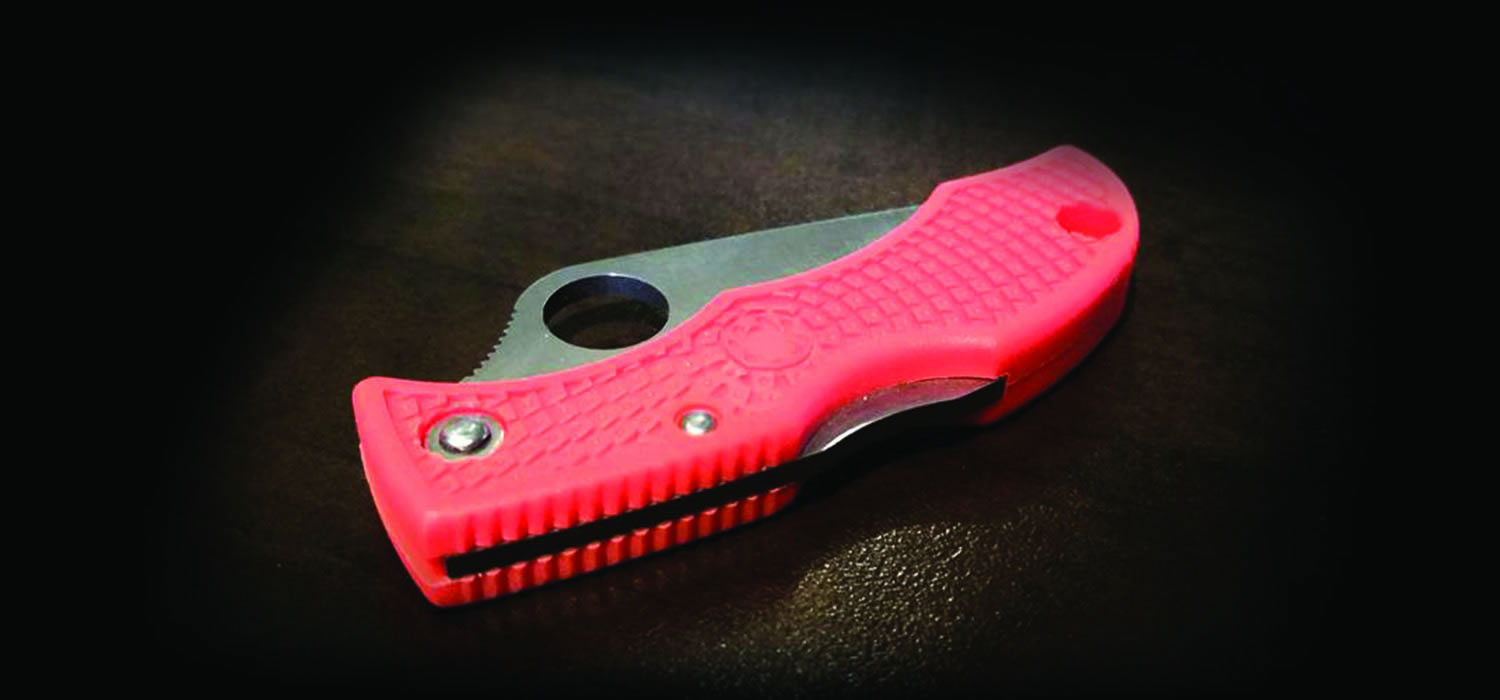News

Leatherman Wave Alpha released
- 1
- 2
- 3
- 4
Reviews

Nitecore TUP2
- 1
- 2
- 3
- 4
Blog

Case Knives: A Legacy of Tradition, A Future of Innovation
- 1
- 2
- 3
- 4

David Bowen
As Co Founder of Multitool.org David has been a multitool enthusaist since the 90's. David has always been fascinated with the design inginuity and uselfulness of multitools.
David is always looking forward to what's new in the industry and how the humble multitool continues to evolve as it radically changes and improves the lives of users.
Kansept Raven
Ravens have always carried an air of mystery and intelligence. In mythology and folklore, they’re often seen as messengers or guardians, tied to wisdom, transformation, and adaptability. Outside of stories, they’re just as fascinating, known for their problem-solving skills, use of tools, and ability to thrive in nearly any environment. It’s easy to see why Kansept chose the name for this design. The Raven takes inspiration from the lines of a raven’s head and beak, blending sleek elegance with a sense of purpose. With that foundation in mind, let’s take a closer look at what Kansept has created with the Raven.

Loop Gear LOOPDOT
Loop Gear is pretty new to the flashlight game and they’re taking a different road than most. While other brands are busy pushing lumen counts, Loop is being playful. That doesn’t mean they aren’t serious about lights—they’re making some excellent products—it just means they’re doing it in a way that makes you take notice. With the SK03 we got a tritium mode with swappable filters. With the SK05 we got a sci-fi-inspired compact that packed great features an RGB strip that doubles as a battery gauge (plus a few party tricks). Now they’ve pushed the envelope again on what an EDC flashlight can be. Introducing the LOOPDOT.
What makes the LOOPDOT different is how it blends the usefulness of a flashlight with the fun of a fidget toy. I didn’t see that combo coming, but it works—and it’s well executed. Let’s hit the numbers, then I’ll dig into how it actually feels to use.

OKnife AION
OKnife seems to be carving a name for itself by partnering with big names in the knife industry. Could it eventually stand alongside Kansept or Kizer in terms of design credibility? That’s a tall order, but with models like the AION—a new collaboration with renowned designer Ostap Hel—they’re certainly taking the right steps.
Hel is known for blending artistic geometry with practical knife design. His journey began in Poland, where a childhood surrounded by artists, a fascination with medieval weapons, and a stint in an armorer’s shop all shaped his creative vision. After a detour into law, where he even wrote his thesis on knives in Polish legislation, he returned to his passion full-time. His custom work and production designs alike reflect his signature blend of symmetry, smooth transitions, and functional beauty.

Leatherman Blazer
Leatherman has been polarizing with its customer base in recent years. Other than the FREE series, which includes the Arc, we have not seen much major development. Instead, the company has put energy into Leatherman Garage, its limited-release tools and gadgets that act as a testbed for potential future products. Some view this as an exciting way to experiment, while others see it as a cash grab. In addition, Leatherman has leaned heavily into releasing new colorways of existing models, which appears to be an effort to attract people who are not already in their customer base.
Many users are hungry for innovation, or at least that is the perception. The consumer base feels divided. On one side are the blue-collar customers who buy Leatherman tools, use them hard, and are satisfied. On the other are enthusiasts and collectors who want nothing but fresh, groundbreaking designs and feel the company is resting on its laurels. In their eyes, the lack of new releases leaves them with nothing to add to their collections. Leatherman, much like Benchmade, seems content to follow its own direction regardless of the noise, relying on internal data to make decisions that sometimes frustrate fans.

Tacray Tiran
As someone who’s been deep into knives and EDC gear for a long time, I’ve seen plenty of trends come and go. New steels show up, lock mechanisms rise and fall in popularity, and every year it feels like a few dozen new brands try to carve out a space. Some of them fade fast. Others catch your attention and make you want to take a closer look. That’s what happened when I came across Tacray.
They weren’t a brand I knew much about, but what I did know was that they had a background in precision machining and titanium work. That alone was enough to raise an eyebrow. I’ve always been drawn to designs that feel intentional and different, and the Tiran immediately had that presence. Something about the way it looked—sharp lines, thin frame, reverse tanto profile—told me it wasn’t just another recycled design.
This was my first time handling a Tacray knife, and I didn’t know what to expect. But after spending time with the Tiran, I found myself coming back to it again and again. There’s a lot going on under the surface, so let’s break it down.

Vosteed Naga
When a knife pulls from history, there’s always a risk: does it honor its roots or just ride the coattails of a classic? With the Naga, Vosteed manages to do both. It respects the past while pushing the design into modern EDC territory. Inspired by the traditional Spanish Navaja, the Naga takes those signature curves and blade lines and gives them a refined, high-performance twist.
Right out of the box, the influence is obvious. The profile screams Navaja with its elongated blade, prominent handle hook, and a sweeping belly. But everything about it feels modern and intentional. It’s kind of like if the Cold Steel Espada went to finishing school. That hook at the rear of the handle isn’t just aesthetic. It locks your hand in. And that slight palm swell? It adds an extra layer of comfort and control. You’re not going anywhere once you grip this knife.

Vosteed Corgi V 295
I had the pleasure of visiting the Vosteed booth at Blade Show this year and got to see a bunch of cool new stuff and prototypes. One knife that really caught my attention was the Corgi sporting the new Vanchor Lock. That lock first showed up on the Ankylo and has since made its way into more of Vosteed’s lineup. We already checked out a mini version of the Corgi that had it, and while it was fun, fidget-friendly, and pretty incredible all around, it just wasn’t for me. It felt more like a fifth pocket knife, and I prefer something that fills the hand.

MKM Yipper
Ever met a Yipper? Not the knife—I'm talking about that scrappy little dog that sounds like it runs the neighborhood but weighs less than a fast-food combo meal. The kind that barks like it’s got something to prove. That’s the vibe behind the MKM Yipper. It’s a compact everyday carry that barks loud with bold design choices but remains approachable and easy to carry. Designed by Ben Peterson and produced in Maniago by MKM (Maniago Knife Makers), the Yipper blends Italian precision with a no-nonsense attitude.

Work Sharp MK2 and Ken Onion Sharpeners
I’ve gone through my fair share of sharpening gear over the years. Fixed-angle systems, ceramic rods, guided kits, whetstones—you name it. I’ve gotten to the point where I’m confident sharpening just about anything. So when Work Sharp sent over both the MK2 and the Ken Onion Edition for review, I was curious. I’d never used a powered belt system before, and honestly, I was skeptical. But after spending time with both models, I’ve got to hand it to them—these things are impressive.
They’re nothing like the sharpening systems I’ve grown up with, and they aren’t trying to be. Instead of aiming for slow precision, these tools are all about speed, efficiency, and repeatability. If you’re expecting them to feel like stones or guided systems, you’re going to have to rewire your thinking. But once you do, they’ll surprise you in a good way.

Benchmade Freek
Those who read my reviews know I’m not loyal to just one style of knife. I appreciate everything from thin, lightweight slicers to thick, heavy-duty workhorses. One knife that’s been on my radar for a while is the Benchmade Freek—or as it’s affectionately known in the community, the “Super Freek.” Yes, I know. That song is stuck in your head now. Mine too. You’re not alone.
I’d been wanting to check it out for a while, mostly because of the glowing reviews and surprise praise it’s received. It’s become the go-to for folks looking for a tough, capable EDC knife. In fact, I think the Freek is a better version of the famous Griptilian. Let’s get down to brass tacks and talk about what makes this one super.

Why not join us over on the Multitool.org Forum where our community can help you find what you're looking for!
Join the discussion now!
What kind of people would write collect and review multitools? Quite simple really- we are designers and do-ers, outdoors types and indoor types, mechanics, doctors, problem solvers and problem makers. As such, we have, as a world spanning community, put every type, size and version of multitool, multifunction knife, pocket knife and all related products to every test we could manage in as many places and environments as there are.



